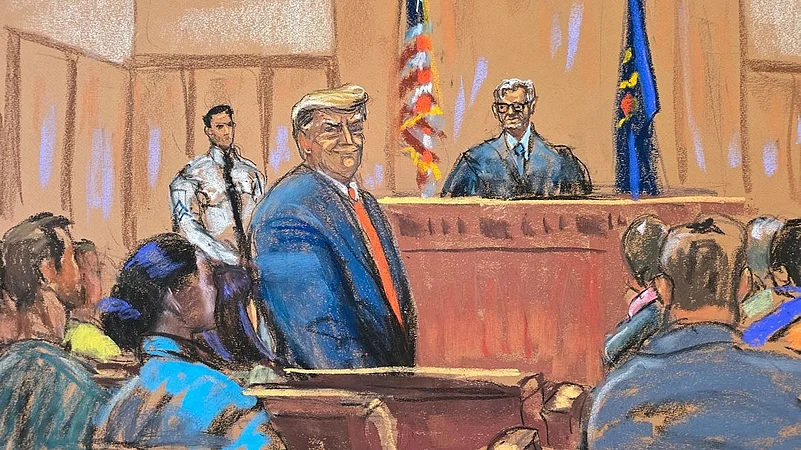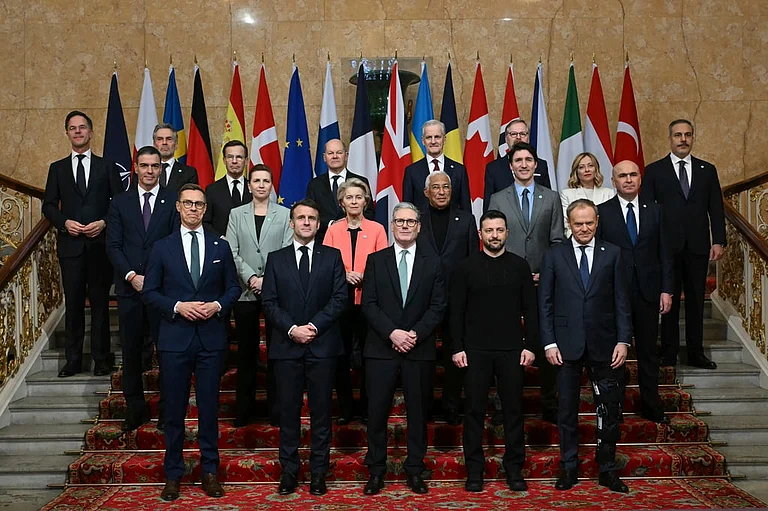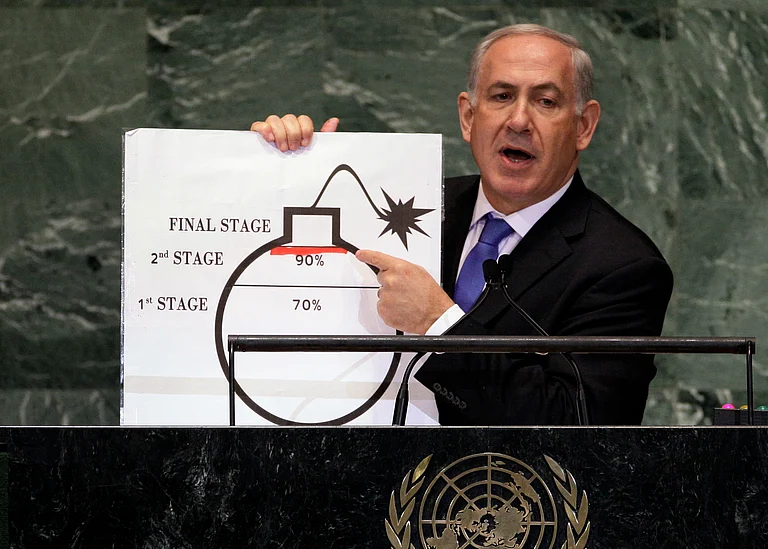Behind every courtroom sketch lies a story waiting to be told. And behind these sketches is an artist who provides a visual narrative of legal proceedings when cameras are not allowed inside courtrooms. Their sketches, though simple in appearance, hold profound significance. They capture not just the physical likeness of individuals but also the emotions, tensions, and moments of truth that unfold during trials. Through their drawings, courtroom sketch artists provide a tangible record of legal history, ensuring that the essence of justice is preserved for generations to come
These sketches, often featured in newspapers and on television, provide insight into courtroom dynamics and emotions, helping the public connect with complex legal issues.
And do you remember the iconic The New Yorker cover which featured a courtroom sketch of Donald Trump from April 17, 2023?
Why Do They Still Exist?
The tradition of courtroom sketching dates back centuries, serving as a means to visually document legal proceedings long before the advent of photography.
However, it was the rise of news photography in the aftermath of World War I that prompted a surge in courtroom photographs. It became a staple of tabloids who sent their reporters to cover high-profile trials, taking advantage of the uneven patchwork of judicial positions on whether cameras should be allowed in courtrooms.
One such trial that catalyzed significant change was the 1935 case of Bruno Richard Hauptmann, who faced charges of kidnapping and murdering the child of Charles Lindbergh.
The trial dubbed the "Trial of the Century," attracted a swarm of reporters and photographers, sparking concerns about the intrusion and disruption caused by cameras in the courtroom.
In response, the American Bar Association and subsequently Congress enacted regulations prohibiting courtroom photography, laying the groundwork for the enduring ban that persists in federal courts and the US Supreme Court to this day.
Donald Trump's Courtroom Sketch Goes Viral
In the present day, courtroom sketches continue to play a crucial role in conveying the drama of legal battles, particularly in high-profile cases where cameras are barred from the courtroom. The recent criminal trial of former President Donald Trump exemplifies the enduring relevance of courtroom sketch artists.
Amidst a media frenzy, artists like Christine Cornell and Jane Rosenberg captured pivotal moments of the trial, from Trump's demeanor to the interactions between legal teams and the presiding judge. In the absence of cameras, their sketches offered a glimpse into the courtroom proceedings, ensuring that the public remained informed despite the restrictions on photography.
Jane Rosenberg and Elizabeth Williams, Cornell had sketched Trump on numerous occasions since he became the first former president to face criminal charges last April. Trump, attending multiple days of his subsequent civil trials in New York, maintained his plea of not guilty to falsifying business records related to a hush money payment made by his former attorney, Michael Cohen, to adult film actress Stormy Daniels just before the 2016 presidential election.
The trial itself, stemming from allegations of hush money payments and subsequent indictments, underscores the enduring importance of visual documentation in the legal realm. As District Attorney Alvin Bragg pursued charges against Trump, courtroom sketches served as a visual narrative of the unfolding legal drama, shaping public perception and understanding of the case.
Other Iconic Sketches
In the 2020 trial of Harvey Weinstein in New York City, the former film producer faced charges of sexual assault and rape. Sketch artist Jane Rosenberg meticulously captured the distressing events of the trial on paper.
Through her sketches, the grotesque behaviors of the now-disgraced film producer were revealed, providing a haunting visual narrative of the proceedings.
During the late 1960s and early 1970s, Charles Manson stood trial for conspiracy to commit murder in connection with several high-profile killings, including that of actress Sharon Tate. Courtroom sketch artist Bill Robles rose to prominence during the Manson trial, capturing the most dramatic moments with his portraits.
Manson was ultimately found guilty of conspiracy to commit murder and sentenced to life in prison. He remained incarcerated until his death in 2017 at the age of 83.
Another significant trial that captured the public's attention was the 2012 military tribunal at Guantanamo Bay involving a defendant, Khalid Shaikh Mohammed linked to the 9/11 attacks on the World Trade Center and the Pentagon. He was sketched by Janet Hamlin.

The defendant, arrested in 2003 in Pakistan, faced charges of war crimes and murder. Courtroom sketches provided a glimpse into the solemn proceedings held at the US military prison in Cuba, documenting a pivotal moment in the pursuit of justice following the tragic events of September 11, 2001.
In 2005, the trial of American singer and entertainer Michael Jackson made headlines as he faced multiple counts of child molestation. Lasting several months, the proceedings involved extensive testimony, evidence, and arguments from both the prosecution and the defense.
Despite the intense media scrutiny, courtroom sketches offered a visual narrative of the trial's unfolding drama. Jackson was ultimately acquitted of all charges, maintaining his innocence until his death in 2009.



























